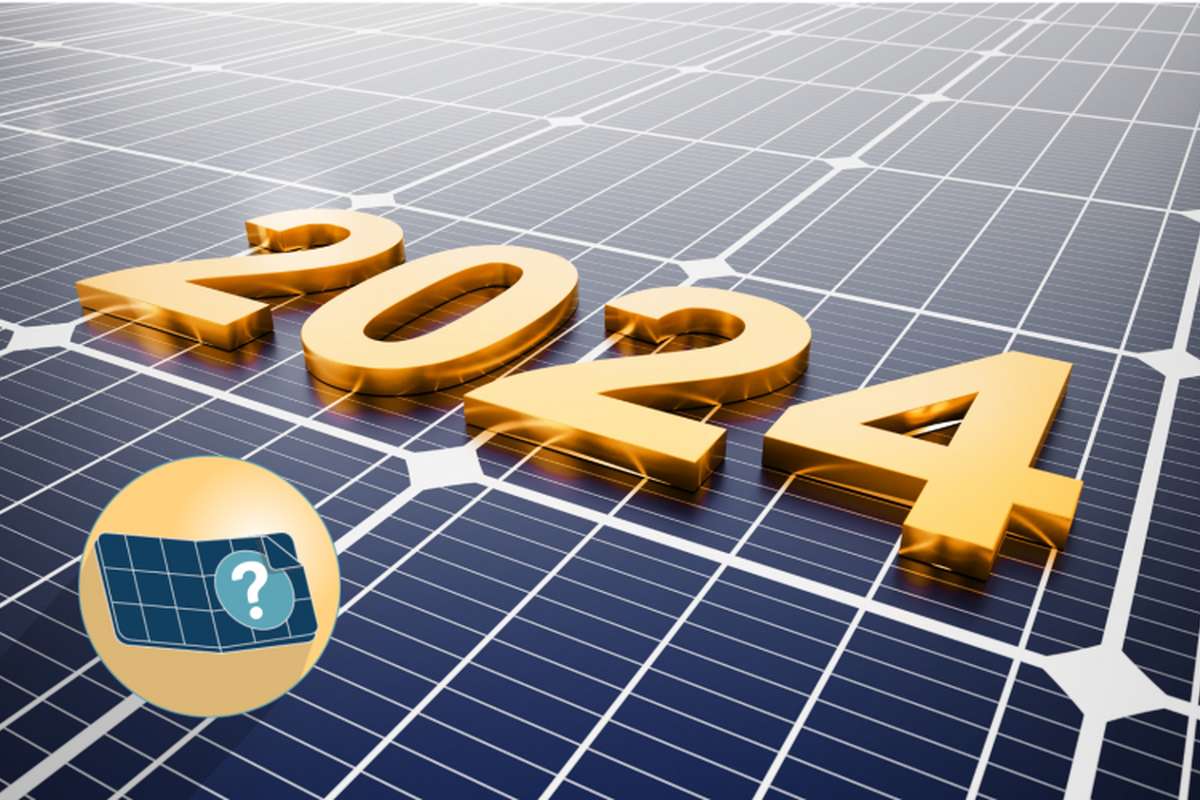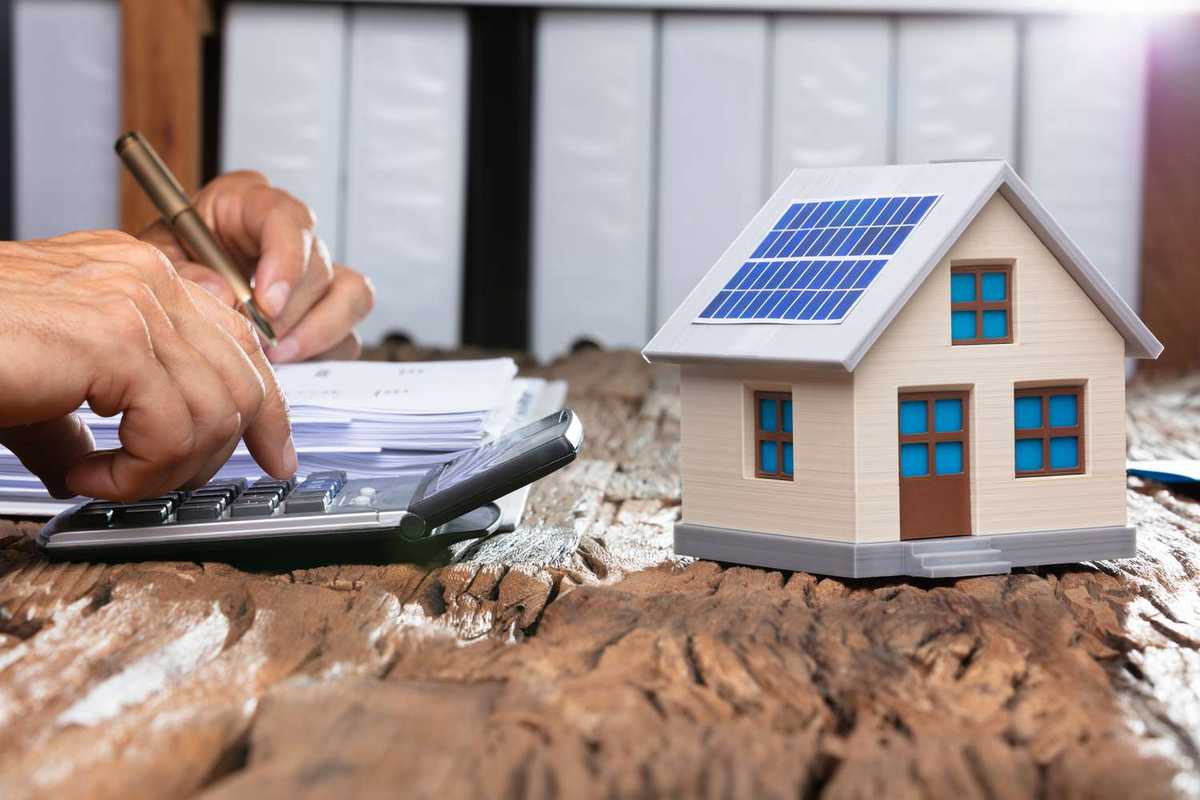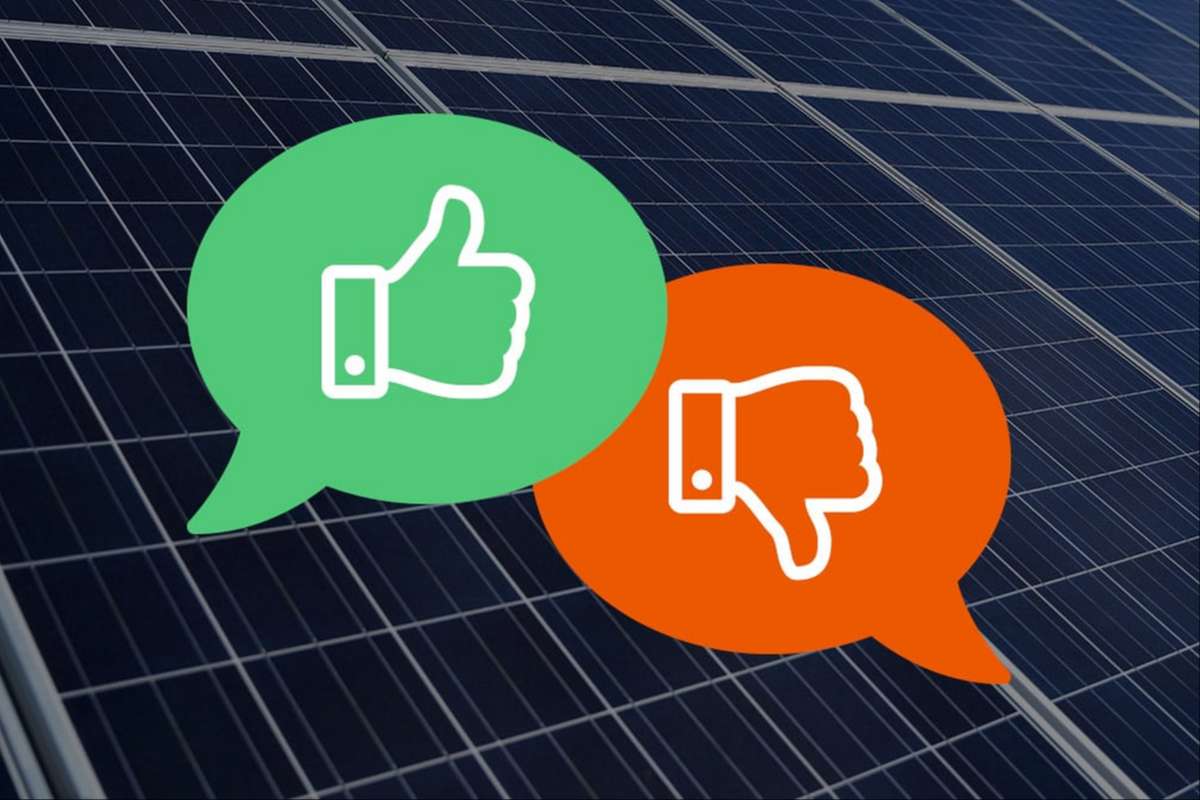In a world that’s increasingly conscious of environmental impact, solar panels represent a significant step toward sustainable living. They offer homeowners a chance to harness renewable energy, reduce carbon footprints, and enjoy long-term savings on energy bills.
But before diving in, it’s crucial to understand the costs involved in making this eco-friendly switch.
Average Costs and Key Components
The total cost of installing solar panels in your home can vary based on location, the size of your system, and the specific equipment chosen. On average, homeowners in the United States can expect to pay between $15,000 and $25,000 after tax incentives for a solar panel system.
Let’s break down these costs:
Solar Panels
The cost here depends on the panel’s capacity, measured in watts. Prices typically range from $2.50 to $3.50 per watt. For a standard home system, which is around 6 kW, the panel cost alone can be between $15,000 and $21,000.
Installation and Labor
This includes mounting the panels and integrating them into your home’s electrical system. Labor costs can be about 10% of the total cost, varying with your location and the complexity of the installation.
Additional Equipment
Beyond the panels, you’ll need inverters to convert solar energy into usable electricity, mounting systems, and possibly solar batteries for energy storage.
This equipment can add several thousand dollars to the final bill.
Permits and Inspections
Ensuring that your solar installation meets local codes and regulations involves permits and inspections, which can vary in cost.
Factors Affecting Installation Costs
There are also several aspects that influence the final cost of your solar panel system. These are as follows:
- System Size – More panels mean higher costs but also greater energy generation.
- Panel Type – Monocrystalline panels are more efficient but costlier than polycrystalline panels.
- Roof Characteristics – The condition, material, and layout of your roof can impact installation complexity and cost.
- Geographical Location – Labor costs, the amount of sunlight your area receives, and local incentives can all affect the total cost.
Balancing Cost with Savings
Despite the upfront investment, solar panels can offer significant long-term savings. They can drastically reduce or even eliminate your electricity bills. The average payback period ranges from 7 to 15 years, depending on the system and energy usage.
Additionally, solar panels can increase your property value.
To encourage solar adoption, many governments offer tax credits, rebates, and incentives. For instance, the U.S. federal solar tax credit allows homeowners to deduct a significant percentage of the cost of installing a solar energy system from their federal taxes.
Financing Solar Panels
Understanding that the initial cost can be daunting, there are various financing options available:
- Solar Loans – Similar to other home improvement loans, they allow you to finance the purchase and installation of your solar panels.
- Leases and Power Purchase Agreements (PPAs) – These options let you rent the solar system or pay for the electricity it produces, often at a lower rate than your current utility.
Conclusion
Installing solar panels is a substantial financial commitment, but it’s an investment in both your home and the planet.
With the potential for significant long-term savings, reduced environmental impact, and various incentives and financing options, solar energy is an increasingly accessible and smart choice for homeowners.



